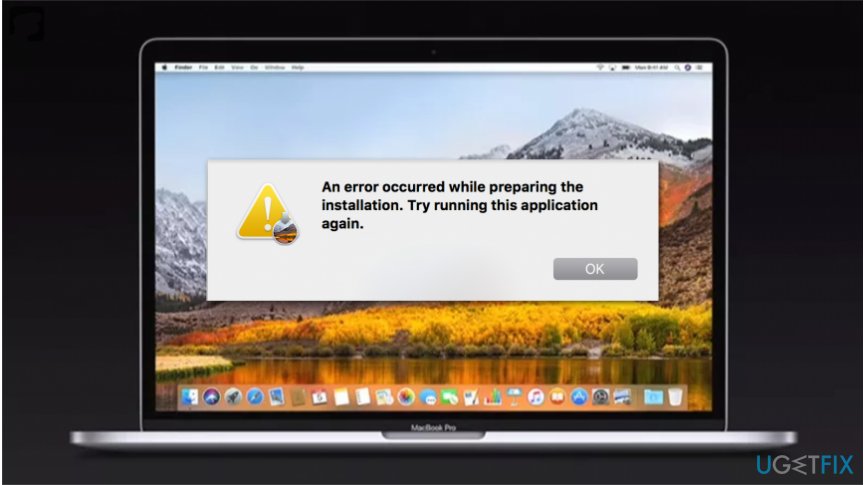
- #DOWNLOADING MACOS BIG SUR HOW TO#
- #DOWNLOADING MACOS BIG SUR INSTALL#
- #DOWNLOADING MACOS BIG SUR UPDATE#
- #DOWNLOADING MACOS BIG SUR SOFTWARE#
- #DOWNLOADING MACOS BIG SUR DOWNLOAD#
#DOWNLOADING MACOS BIG SUR INSTALL#
If your Mac is T2-secured, to install Big Sur, you need to boot your Mac to Mac Recovery mode > Utilities > Startup Security Utility, and then make sure the Secure Boot option is NOT set to "No Security.".
#DOWNLOADING MACOS BIG SUR UPDATE#
If you can't upgrade from macOS 10.15 Catalina to Big Sur, try to update to 10.15.6 first.If you have deleted Macintosh HD before installing Big Sur, you may get the error reading "you may not install to this volume because it is invalid or damaged." When that happens, you need to reformat the startup disk in Recovery mode using Disk Utility.Follow these steps to boot into Safe Mode: shut down Mac > wait for 10s and then press the power button > hold down the Shift key once Mac starts up > Release the key when the Apple logo appears. If macOS Big Sur cannot be installed on Macintosh HD, you can try installing it in Safe Mode.
#DOWNLOADING MACOS BIG SUR DOWNLOAD#
#DOWNLOADING MACOS BIG SUR SOFTWARE#

You may not install to this volume because the computer is missing a firmware partition.You may not install to this volume because it is currently being encrypted.The update cannot be installed on this computer.If you have backed up your Mac to an external hard drive with Time Machine, you can simply restore from the Time Machine backups. Here is what you should do if you've encountered data loss after the macOS software update: Though Apple has made a precaution that important files may get lost if the macOS software update is interrupted, many of you still forgot to back up your MacBook Air/MacBook Pro/iMac/Mac mini.
#DOWNLOADING MACOS BIG SUR HOW TO#
How to restore or recover lost files after macOS Big Sur update? If you are using third-party software to back up your Mac, check if it's ready for macOS 11. Note that these backups and new backups created after are only compatible with Mac computers running Big Sur and later. In that case, your existing backups are also upgraded to be used on macOS Big Sur. Suppose you upgraded to macOS Big Sur on a Mac that uses a Time Capsule or other network storage device as the backup destination.

Therefore, it's always recommended to back up Mac files before every major macOS software update using the built-in Time Machine. It makes data backup with third-party apps difficult, especially those that offer bootable backups. Since macOS 10.15 Catalina, Apple split the startup disk into two separate volumes, Macintosh HD and Macintosh HD - Data. Built-in or Third-party Apps Issues in macOS Big Sur

Poor Performance When Using macOS Big Sur Startup issues after installing macOS Big Sur Fail to download and install macOS Big Sur

In the following sections, we will talk about practical solutions to fix macOS Big Sur problems.


 0 kommentar(er)
0 kommentar(er)
